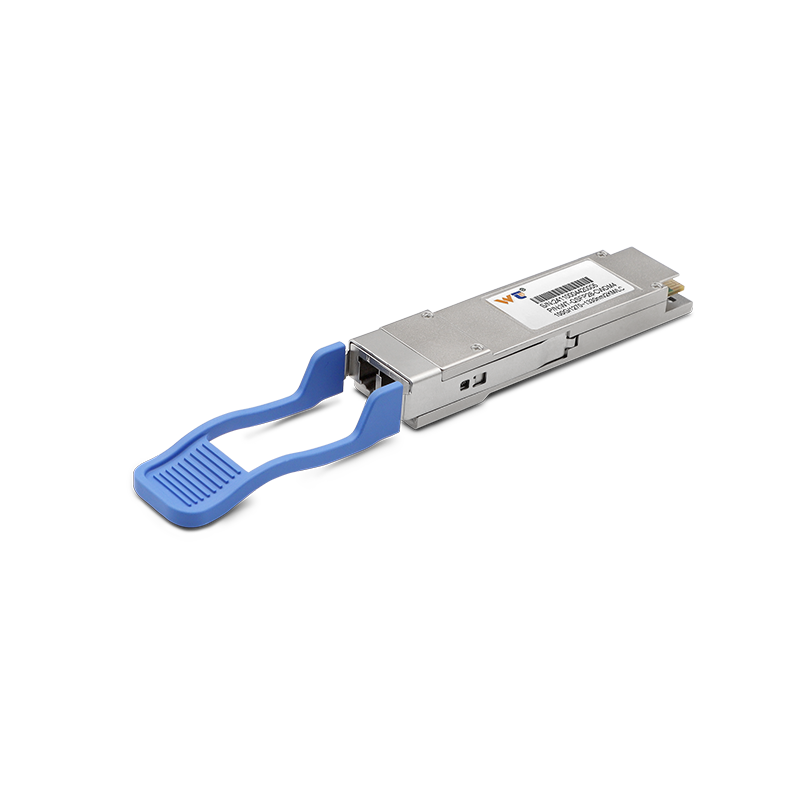The rapid advancements in optical communication technologies are transforming industries across the globe.In 2025, the demand for high-speed, reliable communication solutions is projected to skyrocket, driven by the rising need for data transmission in various sectors, particularly in rail transit systems. High-capacity optical modules, such as those capable of supporting speeds up to 100G, are becoming essential. These modules not only facilitate efficient data handling but also ensure robust performance in modern transportation networks.
Optical modules serve as the backbone of communication infrastructure. In today's market, they span a vast range from 155 Mbps to an astonishing 1.6 Tbps. The industry is witnessing a significant shift towards advanced optical module technologies that offer higher throughput and lower latency, essential for applications in data centers, broadband access, and evolving wireless communications. Rail transit systems, which demand seamless connectivity, are increasingly relying on optical modules to support applications such as real-time data analytics, safety monitoring, and passenger information systems. As a result, interoperability and reliability are at the forefront of design and deployment strategies within this sector.
| Technology Type | Key Functions |
|---|---|
| Gigabit Modules | 1G, 10G speeds for basic connectivity |
| High-Speed Modules | 25G, 40G, 100G for robust data transmission |
| Ultra-High-Speed Modules | 400G, 800G, 1.6T for next-gen connectivity |
Our optical module products have undergone extensive research and development focused on their application in rail transit scenarios. For instance, 100G optical modules are pivotal in ensuring high-speed data transfer across the rail network, enabling real-time communication between trains and control centers. This is critical for operational efficiency and safety. These modules support high-density data traffic, ideal for applications such as video surveillance, which enhances security protocols across transit systems. Furthermore, the integration of advanced signal processing algorithms ensures that data integrity is maintained, even over long distances.
In terms of versatility, our modules can operate in various environments — from local transit lines to expansive metropolitan systems, demonstrating resilience under diverse conditions. The ability to handle large amounts of data seamlessly also paves the way for innovations like predictive maintenance, ensuring that trains are operating at peak efficiency while minimizing costs related to downtime. Additionally, with the transition toward smart rail systems, operators can leverage our optical modules for improved passenger experiences, like real-time journey updates and enhanced onboard services.
As we approach 2025, different optical module technologies will play unique roles in rail transit networks. The market will likely see a rise in demand for hybrid solutions, combining multiple technologies to ensure smooth interconnectivity. For example, mixing 100G and 400G modules will facilitate scalability, allowing transit authorities to handle increased passenger loads without sacrificing performance. Moreover, advancements in optical networking technologies will enable more intelligent data routing practices, ultimately leading to enhanced operational efficiencies in train scheduling and management.
We stand by our commitment to quality, offering optical modules that have been meticulously tested to ensure ideal performance across varying scenarios. Be it high-speed data transmission or long-distance communication, our products excel in all applications. Each module is designed with state-of-the-art technologies, ensuring that they comply with rigorous safety and operational standards. They are equipped to handle the unique challenges posed by modern rail networks, promising unparalleled reliability and speed.
In conclusion, the evolution of optical modules continues to shape the future of rail transit, offering a gateway to more efficient and reliable communication systems. As we strategize towards 2025, understanding and implementing the appropriate technologies is crucial for enhancing connectivity and safety within transit networks. With our robust portfolio of optical modules, we are well-positioned to meet the demands of this dynamic industry and support the next wave of technological advancements in rail communication.






